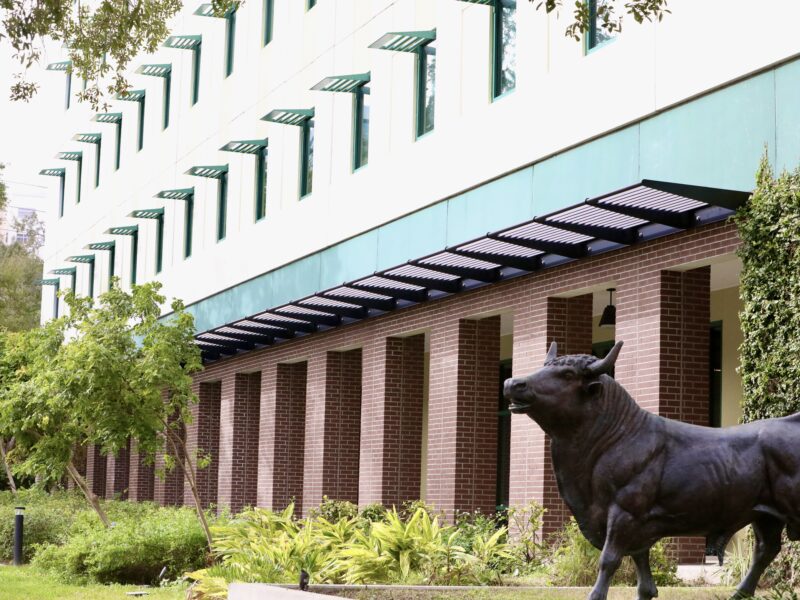This year, the ‘Cities and the Environment’ resource institute shared a study revolving around urban students’ almost nonexistent schooling about local plants and insects.
But before students can get educated about their own backyards, their teachers have to.
The study sent 13 New York City public-school teachers and five undergrad teaching assistants 50 miles north to a forest. It was a five-day workshop spent identifying flora and fauna with hopes to educate the teachers so they could educate their students.
“When teachers are unable to recognize the plants and animals in their own surroundings, threats to the environment and biodiversity will inevitably remain an abstraction to students,” the report reads.
A teacher’s response to the experience was included in the report, saying, “I’ve always been plagued by not being able to identify anything around me.”
I felt a crushing relation to this quote. While I learned to identify a stegosaurus from a brontosaurus in elementary school, I still don’t know names of the trees I grew up climbing or what the primordial-looking ants crawling on my house are called (or what they eat).
There was another succinct blow to this revelation last Saturday, when I spent hours researching an old school in Pass-a-Grille, on St. Pete Beach.
It was called Sunshine School (a wholly literal meaning). It had outdoor classrooms under palm-thatched roofs, benches and long tables as desks. Students and teachers would wear bathing suits to school, and recess was on the beach. The photos made it look more like a summer camp than school.
Their naptime was under cabbage palms on beach towels. I cringed thinking back to those red and blue nap mats in my old air-conditioned kindergarten classroom in the ‘90s; designed to be sprayed down and wiped sterile.
Students at Sunshine received shockingly progressive education. Back in the 1920s they had Spanish language classes in addition to lessons on tying boating knots; sheet bends, square knots and clove hitches. They learned how to swim and what swam in the Gulf; all while the sun kissed their shoulders. (‘Oh, you been working on a tan?’ ‘Naw, just been at school.’)
When I dug past the archives of photos and newspaper clippings, I found a booklet a 4th grader at the school wrote, called “Florida: the Peninsula State.” I read the perfectly legible cursive outlining the contents of the pages. State symbols, page 30. Florida Plants and Flowers, page 63.
Contentions with my personal disconnect from Florida and my time to explore the state in between schoolwork and work shifts was boiling at this point. I felt like I had found the Rosetta Stone of a Florida I’ll never know—inscribed by an 8 year-old with names of seashells so specific, so perfectly drawn and labeled, it made me stare my own ignorance right in the eye.
Just like people of the Nuer tribe in south Sudan who have 25 terms to distinguish marking patterns of cattle and six words for the different shapes of horns, I feel like I don’t see it—or do see it, I just don’t know what the hell it is.
jmcinnis@mail.usf.edu


